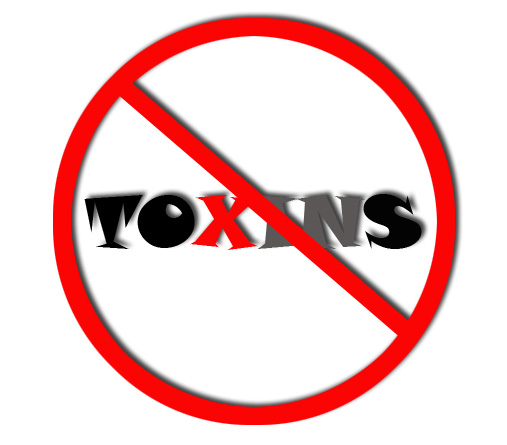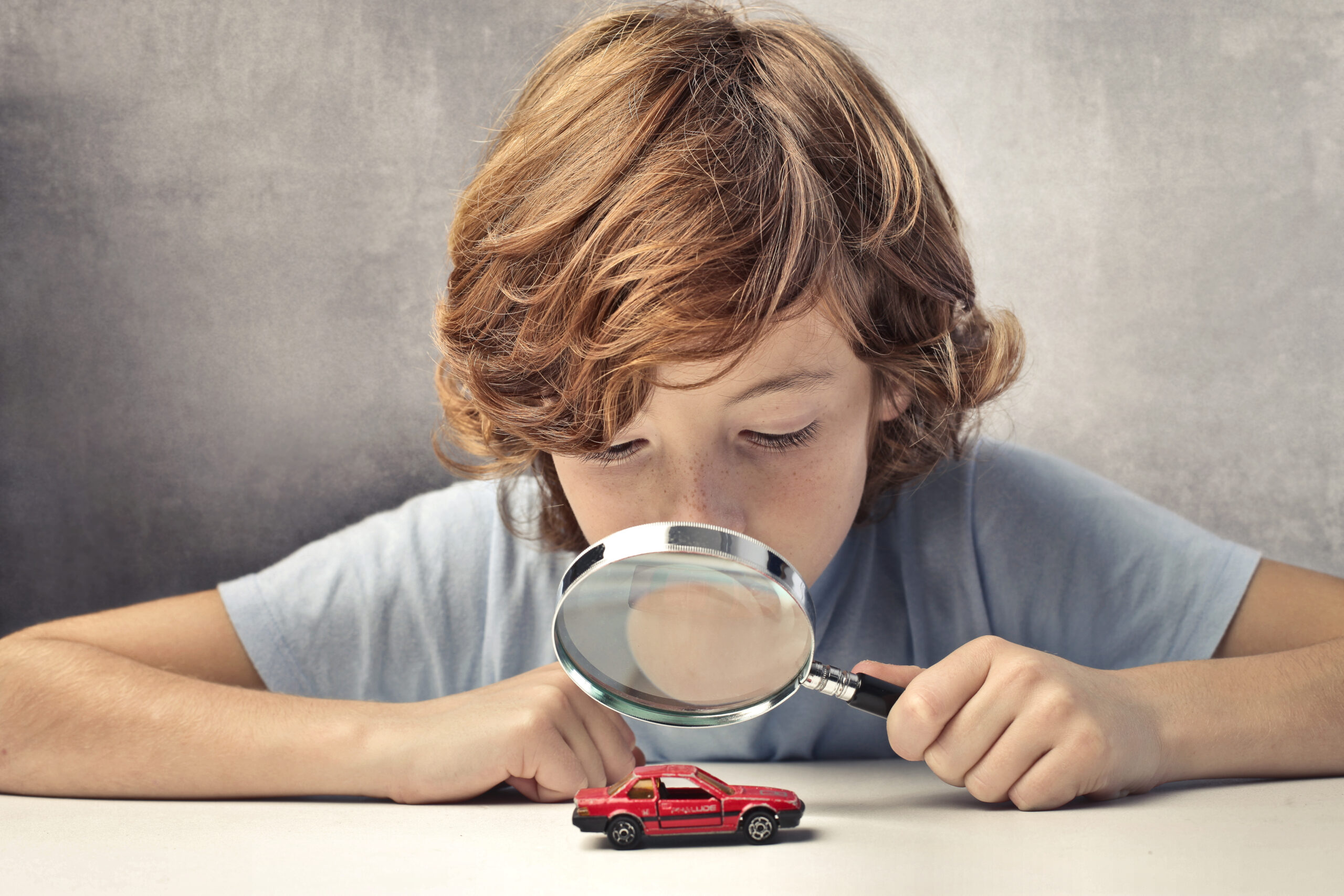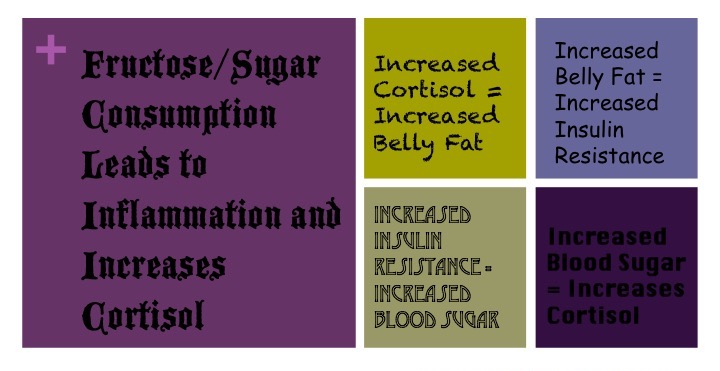We are so busy living – juggling schedules, managing households, pursuing passions – that we rarely take time to consider whether our grab-and-go lifestyles are actually working for us. The reality is that convenience has come at a price to our health, exposing us to over 85,000 synthetic chemicals, most of which have not been required by the government to be tested for human safety.
From preservatives in lipstick to flame retardants in our mattresses to pesticides on our fruits and vegetables, evidence is mounting that there is a connection between toxic overexposure and breast cancer. Consider this:
-
According to the University Of Columbia School Of Public Health, 95% of all cancer is due to diet and the accumulation of toxins
-
As the use of chemicals has risen in industrialized countries, so have the rates of breast cancer and other cancers
-
Many industrial chemicals are xeno-estrogens or false estrogens that mimic estrogen in the body and increase the risk of breast cancer
Add to that electro-pollution (cell phones , cell towers, wi-fi, electrical appliances and gadgets), household toxins, personal care product toxins and 17 newly-identified potential breast carcinogens and you are faced with some decisions about your lifestyle.
Recent study identifies “highest priority” chemicals for breast cancer prevention
So what are these newly-identified chemicals that have been marked with the “highest priority” for breast cancer prevention? They are chemicals related to:
-
Gasoline, diesel and other vehicle exhaust
-
Flame retardants

-
Stain-resistant textiles
-
Paint removers
-
Disinfection by products in water
-
Acrylamides from food cooked at high temperatures
-
Hormone stimulators and endocrine disruptors
-
Pharmaceuticals that induce mammary tumors
The research may be surprising. The study, published in the National Institutes of Health journal Environmental Health Perspectives, started by identifying 216 chemicals that increase mammary gland tumors in laboratory animals. Interestingly, the study demonstrated that chemicals shown to cause mammary cancer in laboratory animals are the same chemicals associated with breast cancer in women.
The 216 chemicals were then narrowed down to 102 chemicals that large numbers of women are known to be exposed to on a regular basis through food, medications, air pollution or consumer products. Researchers prioritized and grouped the chemicals based on exposure, carcinogenic potential and chemical structure into 17 types of chemicals and their biomarkers.
Seven tips to reduce exposure to the Sneaky 17
Essential #2 for Healing and Preventing Breast Cancer Naturally is to Reduce Your Toxic Exposure. You may be scratching your head as to how to avoid these chemicals that have slipped into our daily lives. As I often recommend to my clients and patients, the starting point is always to be a conscious consumer.
 Here are 7 tips to reduce your toxic exposure from the Silent Spring Institute, an independent research organization dedicated to Breast Cancer prevention :
Here are 7 tips to reduce your toxic exposure from the Silent Spring Institute, an independent research organization dedicated to Breast Cancer prevention :
-
Lessen exposure to fumes from gasoline and exhaust from diesel or other fuel combustion
-
Use a ventilation fan when you cook, and limit consumption of burned or charred food
-
Find a dry-cleaner who does not use PERC or other solvents; ask for wet cleaning.
-
Use a solid carbon block drinking water filter
-
Avoid stain-resistant rugs, furniture and fabrics
-
Ask for furniture that doesn’t contain flame retardants
-
Remove shoes at the door, vacuum with a HEPA filter, and clean with a damp rag or mop, since chemicals accumulate in dust
Of course, there are ways to detox your body on a regular basis in order to prevent the accumulation of these chemicals. Coffee enemas, liver flushes, fasting, infra-red mats and saunas are a great place to start.
Prevention is such a promising direction for beating Breast Cancer. Make informed decisions about the products you use in your home, what you put in your mouth and what you put on your body. Doing so will surely help to reduce your toxic exposure to the Sneaky 17.













